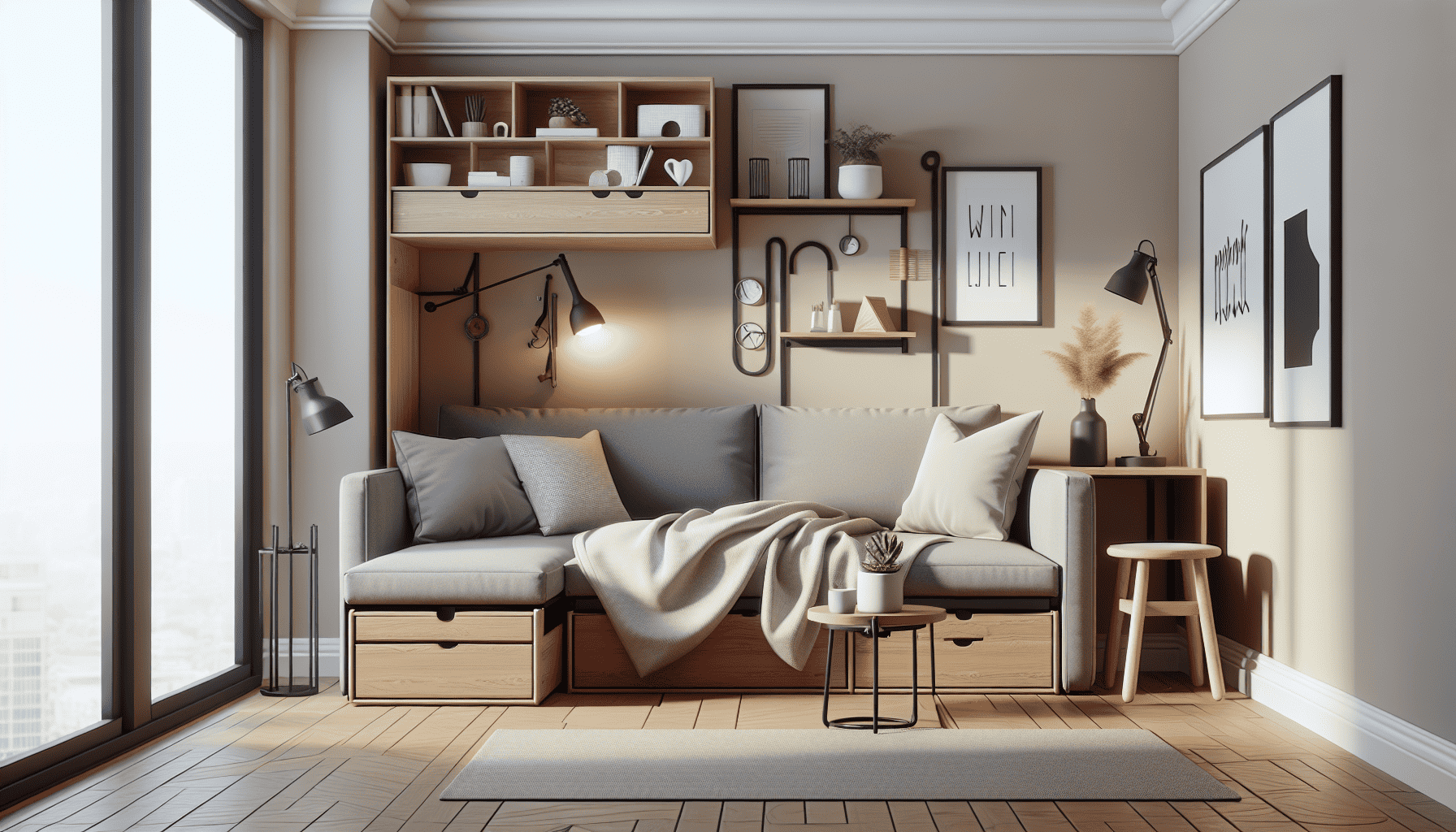Living in a small space can present unique challenges, especially when it comes to furnishing your home. However, limited square footage doesn’t have to mean compromising on style or function. With careful planning and smart choices, you can transform your cozy living space into an efficient and stylish environment. Here are some tips and tricks for selecting the perfect furniture that maximizes every inch of your home.
1. Prioritize Functionality: When space is at a premium, every piece of furniture should serve a purpose — or better yet, multiple purposes. Look for furniture designed with functionality in mind. A sofa bed or a daybed can provide seating by day and a sleeping area by night. Coffee tables with storage compartments or nesting tables offer additional surfaces and hideaway spaces for books, magazines, or remote controls. Consider foldable dining tables or extendable console tables that can adapt to different needs and occasions.
2. Embrace Vertical Space: One of the most often overlooked areas in small spaces is vertical space. Tall bookcases, wall-mounted shelves, and high cabinets can draw the eye upward, making the room feel more expansive while also providing ample storage. Use these areas to organize and display items without cluttering your floor space. Additionally, hooks and pegboards on walls can be used for hanging everything from bicycles to kitchen utensils, freeing up more room in your living space.
3. Opt for Light and Airy Pieces: Heavy, bulky furniture can overwhelm a small room. Instead, choose pieces with light materials and sleek profiles. Furniture with exposed legs and open-back shelving units create a sense of space and airiness. Glass or acrylic items, such as tables or chairs, also help maintain the openness of the room since they take up less visual space.
4. Measure Before You Buy: Before purchasing any furniture, measure your space carefully. Be sure to factor in any architectural features, such as windows, doors, and radiators, that might affect furniture placement. Keep the flow of the room in mind to ensure that your new additions won’t obstruct movement. It’s a good idea to sketch a floor plan and experiment with different layouts to find the most efficient configuration.
5. Choose Neutral and Light Colors: In a small space, the right color palette can do wonders. Light colors tend to make spaces feel larger, so opt for furniture in shades of white, beige, or pastel tones. This can help create a bright, open atmosphere. If you’re a fan of bold colors, incorporate them through accessories like throw pillows, rugs, or artwork rather than large furniture pieces.
6. Include Mirrors: Mirrors have long been a designer’s secret weapon for making small spaces feel larger. By reflecting light and creating an illusion of depth, strategically placed mirrors can open up a room significantly. Consider mirrored furniture or large wall mirrors to enhance the perception of space.
7. Invest in Custom-Made Furniture: If your budget allows, custom-made furniture can be incredibly beneficial for small spaces. Whether it’s a built-in desk that fits snugly in a nook or a banquette with hidden storage, tailored pieces use your specific space most effectively and often feature clever storage solutions.
8. Keep It Simple: Finally, embrace the minimalist philosophy by keeping your furniture and décor choices simple. Avoid overly elaborate or intricate designs that add visual noise and can make a space feel cramped. Instead, opt for clean lines and minimal ornamentation to maintain a sense of calm and order within your small living area.
By following these strategies, you can create a stylish and functional living space that doesn't feel confined. With the right furniture choices, even the smallest of spaces can be transformed into a comfortable and inviting home.
